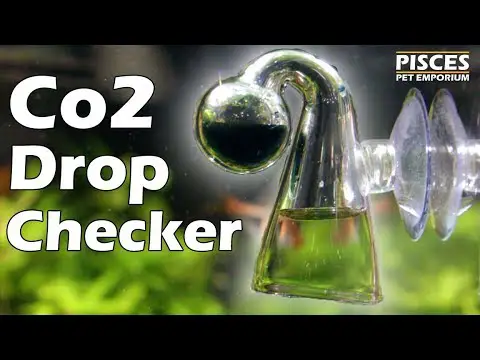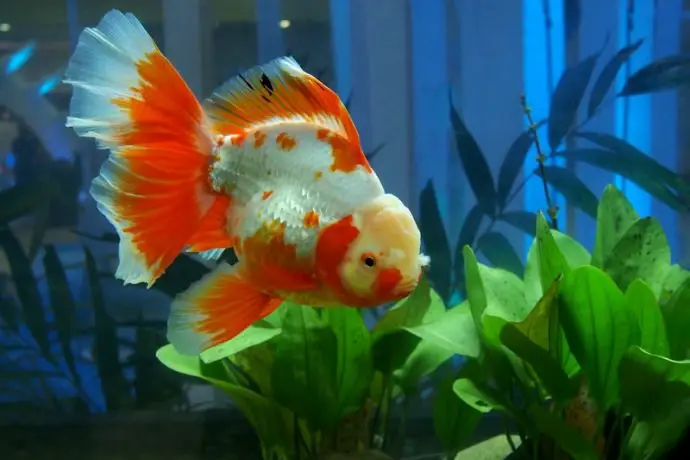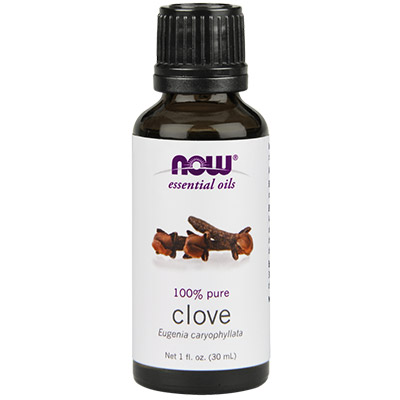The Surprising Benefits of Adding Water Fleas in Shrimp Tank!
Water fleas, also known as daphnia, are often adding water fleas in shrimp tanks as a source of live food for the shrimp. Daphnia are small, freshwater crustaceans that are high in protein and other essential nutrients that are beneficial for shrimp growth and health.
adding daphnia to a shrimp tank can be beneficial for both the shrimp and the daphnia themselves. Daphnia are a good source of nutrition for shrimp and can help maintain good water quality in the tank.
However, it’s important to provide the right environment for them and monitor their population to avoid overcrowding.
Daphnia can also be a potential carrier of diseases, so it’s important to quarantine them before introducing them to the tank and purchase them from a reputable supplier.
Overall, adding daphnia to a shrimp tank can help create a more natural and sustainable ecosystem.
Here are some effective advice on adding daphnia to a shrimp tank:
- Start with a small number of daphnia: To prevent overpopulation and avoid adding too much stress to your shrimp, start with a small number of daphnia and monitor their population growth closely.
- Feed appropriately: Overfeeding daphnia can lead to excessive population growth and poor water quality, so it’s important to feed them appropriately. A good rule of thumb is to feed daphnia a small amount of food, such as a pinch of spirulina powder or other suitable food, every few days.
- Monitor water parameters: Daphnia require clean water to thrive, so it’s important to monitor your tank’s water parameters, including ammonia, nitrite, nitrate, pH, and temperature. Perform regular water changes to maintain good water quality.
- Quarantine and acclimate: If you are purchasing live daphnia cultures, be sure to quarantine and acclimate them properly to prevent the introduction of any harmful pathogens or parasites to your shrimp tank.
- Keep an eye on the population: Daphnia can reproduce rapidly, so it’s important to monitor their population closely. If their population begins to explode, you may need to reduce feeding or consider removing some of the daphnia to prevent overcrowding.
- Provide hiding places: Shrimp may eat the daphnia quickly, leaving none for the other shrimp or fish in the tank. Adding hiding places for the daphnia to escape from the shrimp will increase their survival rate and prevent overpopulation. You can use live plants or floating debris for this purpose.
By following these tips, you can successfully add daphnia to your shrimp tank as a source of live food for your shrimp without causing any harm to the shrimp or overpopulating the tank.
Preparing to Add Daphnia to a Shrimp Tank
The steps necessary to prepare for adding daphnia to a shrimp tank. Researching daphnia requirements is important in order to understand their needs for food, water quality, and temperature. Choosing a reputable supplier is important to ensure that the daphnia are healthy and disease-free. Quarantining and acclimating daphnia properly are also discussed as important steps to take before introducing them to a shrimp tank.
Adding Daphnia to a Shrimp Tank
Starting small and monitoring population growth are important in order to avoid overfeeding and overcrowding the tank. Feeding daphnia appropriately, monitoring water parameters, and maintaining good water quality are essential to ensure the health of the daphnia and the shrimp. Providing hiding places for daphnia is also discussed as a way to increase their survival rate.
Benefits and Risks of Adding Daphnia to a Shrimp Tank
The benefits include their nutritional value and their ability to improve water quality. However, overpopulation and poor water quality are risks that must be monitored and managed in order to ensure the health of the shrimp and the daphnia.
Conclusion
Adding daphnia to a shrimp tank can be beneficial for both the shrimp and the daphnia themselves. Daphnia are a good source of nutrition for shrimp and can help maintain good water quality in the tank.
However, it’s important to provide the right environment for them and monitor their population to avoid overcrowding.
Daphnia can also be a potential carrier of diseases, so it’s important to quarantine them before introducing them to the tank and purchase them from a reputable supplier.
Overall, adding daphnia to a shrimp tank can help create a more natural and sustainable ecosystem.





